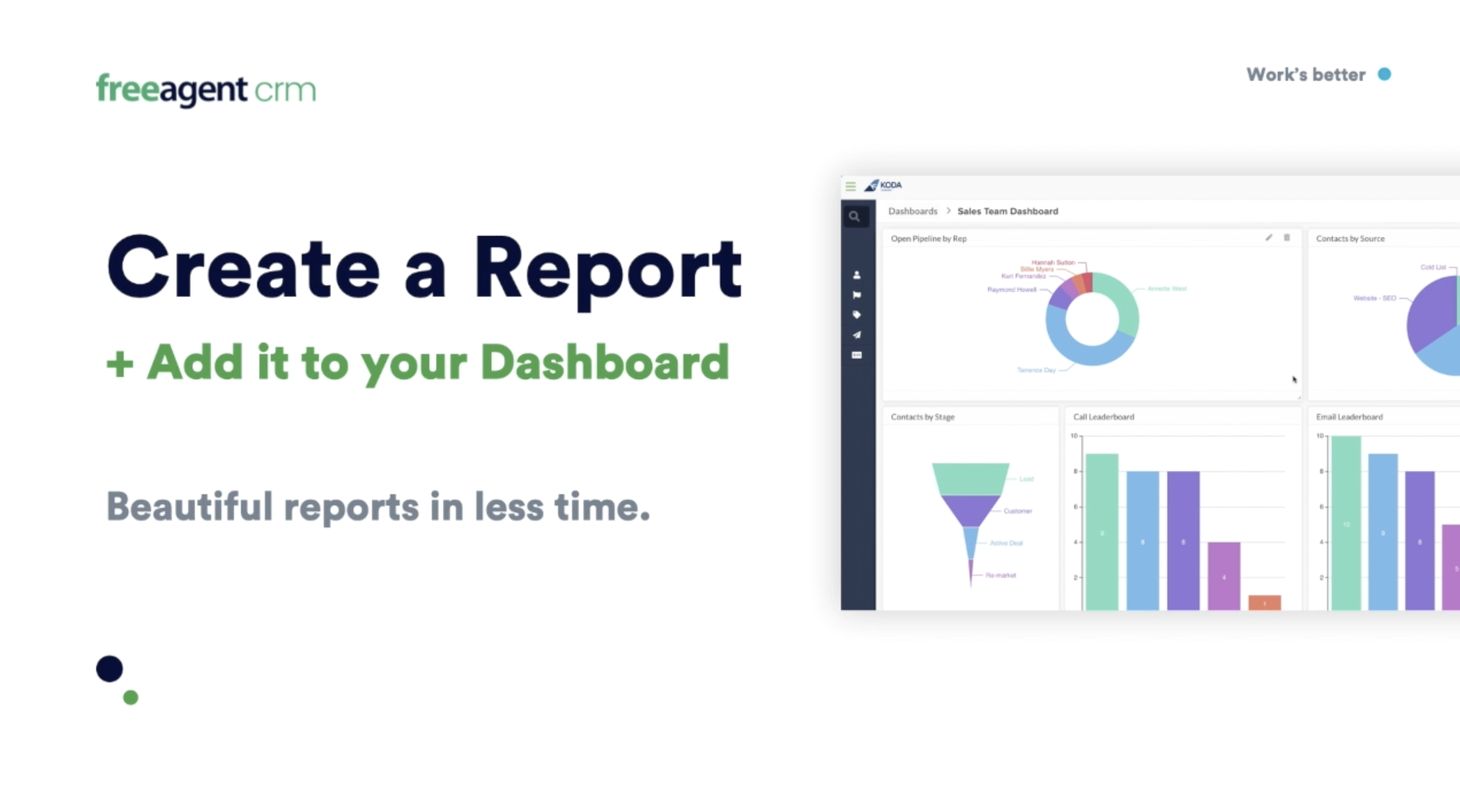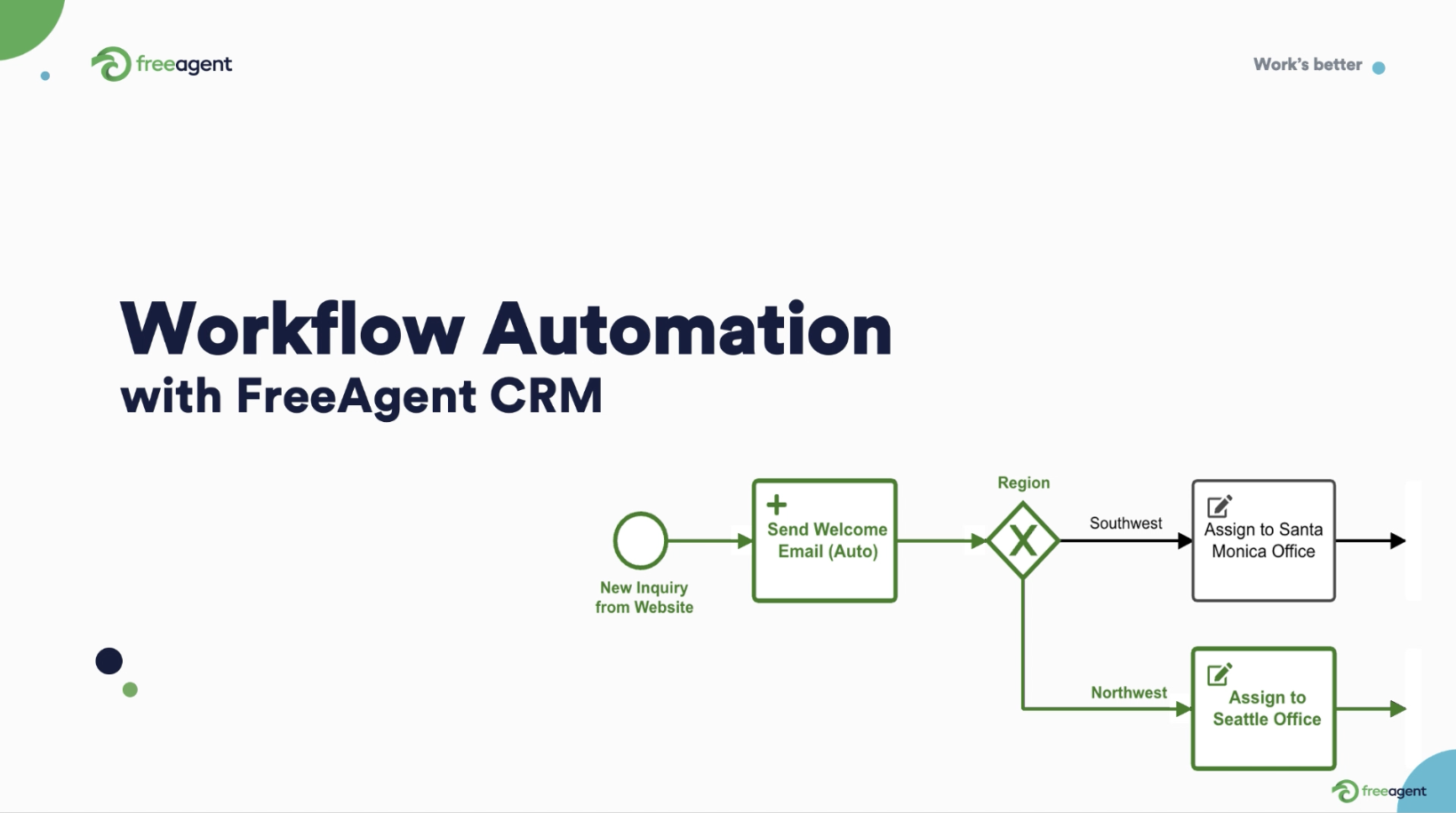Regardless of how many new marketing and sales avenues pop up, cold emails will always remain relevant.
That said, generic cold emails are almost always a waste of time. That is why marketers are always experimenting with different types of cold emails using AB testing and extensive prospect research.
Furthermore, there are plenty of email tools today that help you organize, improve, and make cold emails more efficient by providing key insights and data. This includes checking the open rate, read times, reply rates, and more.
The fact remains that cold emails still work in 2023. We’ve compiled 10 important cold email statistics to help you improve your cold email strategy.
Let’s dive right in.
1. 80% of buyers prefer to be contacted through email (Source)
Email is one contact method where salespeople and buyers line up almost perfectly. While 80% of buyers would choose to be contacted via email, 78% buyers report being contacted using that method.
At the same time, only 49% of buyers prefer to be contacted over the phone while salespeople are still using that method to contact 70% of buyers.
While cold calling is still used by a lot of salespeople, fewer than half of buyers prefer to be contacted that way. Today they would rather receive a cold email.
That said, in certain cases, cold calling does turn out to be more effective. For example, the study found that three of the top five best outreach methods use telephones. These include making phone calls to past clients, existing clients, and new contacts.
However, this is more of a B2B approach while B2C generally is dominated by cold emails.
Furthermore, 50% of sellers are using direct mail while only 36% of buyers prefer it.
The study also found that not many buyers prefer to be contacted over social media but sellers tend to use it a lot. For example, only 21% of buyers preferred to be contacted via LinkedIn while 32% of sellers actively use LinkedIn to contact prospects.
Meanwhile, 18% of buyers prefer to be connected through a social media comment while 24% of sellers are actively doing it.
In any case, cold emails remain the most preferred method of contact, and they are the most widely used cold contact technique today.
2. Cold emails have an average open rate of 44% (Source)
Meanwhile, the top 8% of cold email campaigns have an open rate of 80%.
The study also found that 33% of all campaigns have an average open rate of 60% or more. Furthermore, 20% of campaigns have an average open rate below 20%, which means their emails are landing in spam folders.
On average, the open rate is an indicator of your email deliverability rather than how effective your cold email subject line is.
A huge number of prospects tend to open each and every email that comes into their primary inbox, regardless of what the subject line is.
Therefore, if your cold emails are landing in your prospects’ primary inboxes, your average open rate will automatically be higher. However, if they’re ending up as spam, your open rate will be extremely low.
Even if your cold emails are ending up in primary inboxes, you should still make an effort to write a great subject line.
Other than that, it’s best to use an email tool that gives you insights into where your email is ending up. Then, make relevant adjustments to ensure your cold emails always end up in primary inboxes.
3. 50% of cold email campaigns have a response rate under 10% (Source)
In contrast, the top 25% of campaigns have a response rate of 20% or more.
The study also found that 25% of all cold email campaigns have a response rate between 10-20%.
Cold email response rates are the best indicators of the effectiveness of your email templates. On average, cold emailers tend to aim for anywhere between a 10-15% reply rate.
That’s because trying to improve the percentage often leads to diminishing returns. For every additional percentage of success, the effort needed to reach it increases significantly. Therefore, it’s not the best idea to try and optimize beyond it.
That said, your cold email content plays a major role in its success, provided you have a decent open rate. This includes the kind of offer you’re making.
For example, offering discounted services to businesses is more likely to get you a reply, especially if your B2B sales prospecting efforts led you to believe they are in search of those services.
Therefore, you can monitor your cold email response rates to estimate the reply rate with certain prospects every time you launch a new cold email campaign.
4. Cold emails with advanced personalization are more than twice as likely to get a response as those without, at 17% vs. 7% (Source)

The study found that advanced personalization of cold emails can more than double your reply rate for cold emails.
In this case, advanced personalization refers to adding custom details instead of generic ones, such as the recipient’s name and company name.
For example, simply adding the prospect’s name in the greeting or subject line can lead to a higher response rate.
Email personalization helps prospects understand that their replies mean something. It also shows them that they were specifically chosen for this opportunity and that it may hold something for them.
Furthermore, personalization has a direct impact on deliverability. You should make an effort to improve your cold email copy as much as you can. Make the copy unique, add personalization, and adopt a unique approach for different personas.
In the long run, this practice will also significantly reduce your chances of ending up in the spam folder.
5. The average inbox placement rate for cold emails is 85% (Source)

Meanwhile, an average of 6% of cold emails go straight to the spam folder.
Furthermore, the average missing rate was 9% where the cold emails ran into other issues. This has been consistent over the last few years, even with major changes in sending volumes.
Deliverability generally refers to the email delivery rate, which is the percentage of emails sent that don’t generate hard or soft bounces.
Successful deliverability is accounted for when a cold email reaches the recipient’s inbox where it can be directly seen and clicked.
Furthermore, major email providers like Gmail are constantly improving spam protection. For example, Gmail’s filtering algorithm was updated in 2021 so that complaint rates would be calculated against inbox volume instead of the total volume of emails.
In any case, cold email senders need to consistently monitor their deliverability rates to ensure success. That means improving the sender’s reputation and monitoring inbox placements for different kinds of prospects to see what works where.
Consistent AB testing with cold email campaigns can help improve deliverability success over time.
6. The average cold email click-through rate is 3.67% (Source)
The click-through rate (CTR) refers to how many prospects open your email and click on any link that you’ve included in it.
This link may take them to an online offer, subscription signup, or even to a general contact page.
In any case, the success of cold email campaigns depends on a few key metrics. One is the open rate, another one is the response rate, and the third one is the click-through rate.
Generally, a higher open rate leads to a higher CTR. However, this isn’t guaranteed, and it’s possible to improve your CTR without changing your open rate.
It’s a matter of who you’re cold-emailing, what kind of incentive you’re offering, and how well you’ve personalized your emails.
That said, the efforts required for improving your cold email response rate are often the same when you want to increase the click-through rate.
On another note, adding links to your cold emails may lead to worse email deliverability. That means it may increase your chances of ending up in the spam folder.
That is why it’s always better to avoid adding tracked links and instead focus more on getting a response.
7. 33.9% of people tend to open their emails based on the subject line (Source)

The Norwegian study analyzed the reasons people opened the cold emails they received. Of the people surveyed, 45.9% said the sender’s name was the top reason for opening an email, while 33.9% said the subject line was most important.
Additionally, 13.1% of respondents said the offer was the key to getting them to click, and 7.1% of people opened emails based on the intro paragraph.
When it comes to sender names, using a personal name always trumps using the company name. This is where advanced email personalization comes into play.
Sending cold emails with a person’s name as the sender adds a human element and improves your chances of increasing not only the open rate but also the response rate.
People are more likely to respond to other people rather than automated emails.
Similarly, when crafting your subject lines, it’s always a good idea to include some sort of personalization. Using the recipient’s name in the subject line is a good start.
However, in some cases, other adjustments may work better, like mentioning your primary offer in the subject line.
8. 36.8% of cold email senders do not personalize their subject lines (Source)

Meanwhile, 15.8% of senders personalized the subject line of less than 50% of cold emails, and 47.4% personalized more than 50% of subject lines.
This means nearly half of all cold emails are sent with subject lines personalized to better suit each recipient.
However, a lot of cold email senders don’t take advantage of subject line personalization, despite clear evidence that it works.
This may be due to how differently email is approached in different industries. For example, cold emails promoting a healthcare CRM would always need to use complete personalization because they would be contacting a small group of high-impact prospects.
At the same time, an e-commerce store sending out a cold email about seasonal discounts wouldn’t care much about subject line personalization. They would focus more on including their offers and discounts in the subject line.
Every business should utilize email personalization where appropriate to build stronger relationships with their audiences. It’s bound to improve your engagement and help you stand out from the competition.
9. Subject lines with 20 to 30 characters tend to have the highest open rate at 15.4% (Source)

In this case, characters include spaces. Furthermore, subject lines with 30 to 40 characters have an open rate of 14.97%.
Subject lines with 10 characters or less have the lowest open rate at 10.42%.
While keeping subject lines short is better, don’t make them too short. As a general rule, a subject line should be short enough that it isn’t cut off in the inbox but long enough that it doesn’t leave white space at the end.
For example, in a mobile display, any subject line with over 36 characters gets truncated. This broken view can have a negative impact on your cold email open rates.
10. Of cold email senders, 50.46% believe that not optimizing their cold emails for dark mode is a mistake (Source)

Meanwhile, 40% of senders believed not writing alt text for the images in their cold emails was a mistake.
Dark mode, where the background is a darker color and text is lighter, is being used at an increasing rate as people consider it to be easier on their eyes. As more people move toward dark mode, it’s important to optimize your cold emails for it.
No one wants to receive a bright white background cold email on their dark mode browser or email client.
Final Thoughts
The success of your cold emails depends a lot on what industry you are in and how good your sales qualification process is.
However, you can improve your cold email success rates and reach your sales quotas by optimizing the emails you send out. Adding advanced personalization is one way to improve your open rates and response rates.
However, for maximum success you should also make an effort to improve your email content, subject lines, and deliverability.






